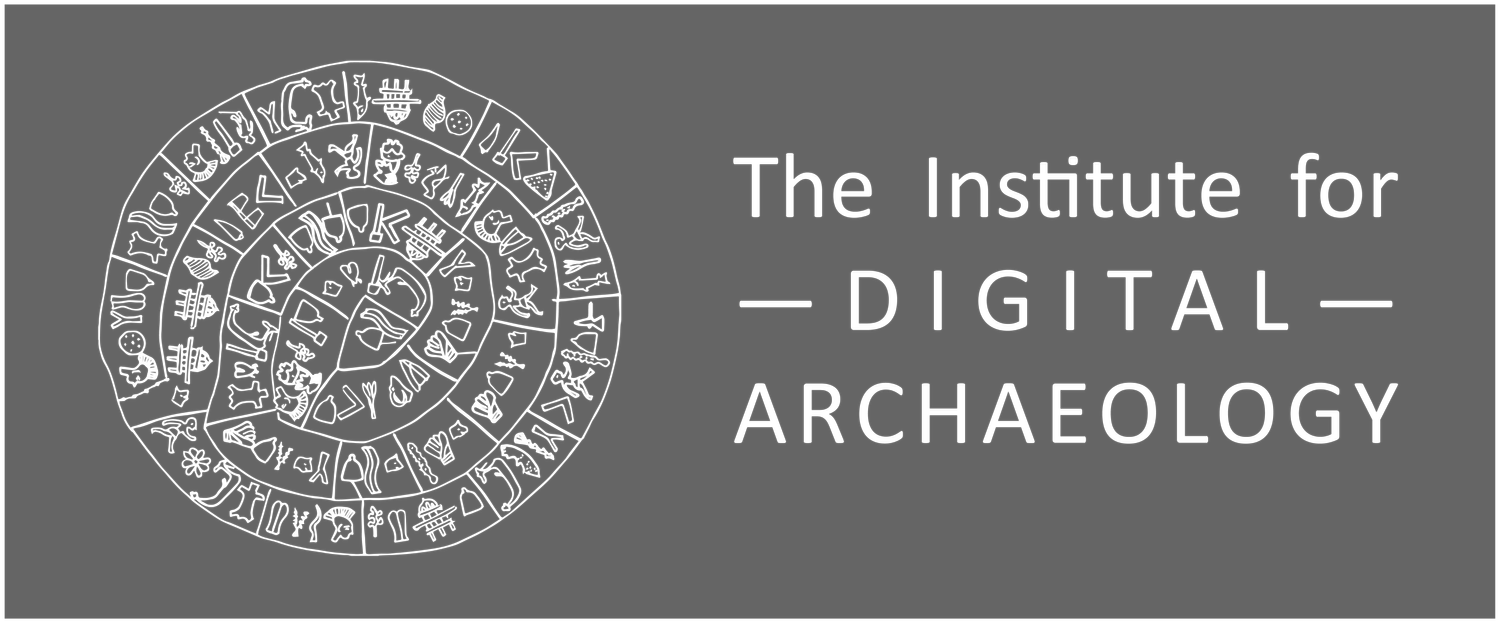Thoughts on Accessible Art & Archaeology
/By: Erin Simmons
I was honored to recently give a talk at the National Federation of the Blind’s (NFB) Tactile Graphics Symposium (October, 2018). In that talk, I found myself constantly highlighting the importance of the senses in archaeology. The discipline was long believed to be the preserve of the visual, but it is so much about touch, sound, smell etc. Education is an experience, and as I said at the NFB, archaeology is hands on history. Archaeology is about interacting with objects and spaces in new ways. Below I’ll share a few thoughts about what that means.
First, I think it’s important to note that the IDA puts a huge emphasis on our shared cultural heritage, reiterating that this is something that belongs to everyone, and which should be made available to as wide an audience as possible. This was forefront in our minds when creating our original tactile exhibition of the Triumphal Arch of Palmyra, which was comprised of seven resin 3D prints of the arch and details of its architecture. That exhibition, which premiered at the Andrew Heiskell Braille and talking Books library in September 2016, was created for a blind and partially sighted audience, but also allowed sighted people to experience the building in a new way. It is difficult to fully engage with a structure that is 60ft tall, as the original arch was, or even 20ft tall, like the IDA reconstruction. Having the ability to experience the structure as a whole, holding it, turning it over, feeling how it was put together, was an exciting experience for me as a sighted archaeologist, and also allowed me to share an experience with the blind and partially sighted audience at the NYPL. That exhibition is now permanently at the National Federation of the Blind, in Baltimore, Maryland.
What I have learned from continuing to explore tactile art and archaeology is how important holistic sensory experiences are. As a recent observer on one of the Brooklyn Museum’s verbal description and touch tours, I was impressed by their integration of touch, sound, vision and movement to share a large-scale installation Disappeared Quipu, by Cecilia Vicuña. The piece, which incorporates sound and video projection, as well as truly massive hanging strands of knotted wool, is a lamentation, a history lesson and an immersive experience all in one. The Brooklyn Museum team made every aspect of this piece accessible to its blind and partially sighted visitors using a variety of techniques, including audio description, examples of the material used, tactile historical materials and moving around the piece. The affect was not only an understanding of the piece and its composition, but also its history and its place in the art world.
I hope to encounter more of this holistic approach to experiencing art as I learn more about access in art and archaeology education. As the IDA expands its accessible programing, I hope that it will bring people together through multi-sensory exhibitions that can be truly shared.

